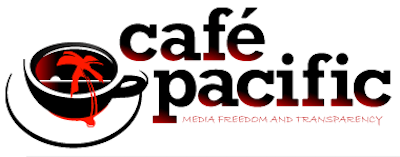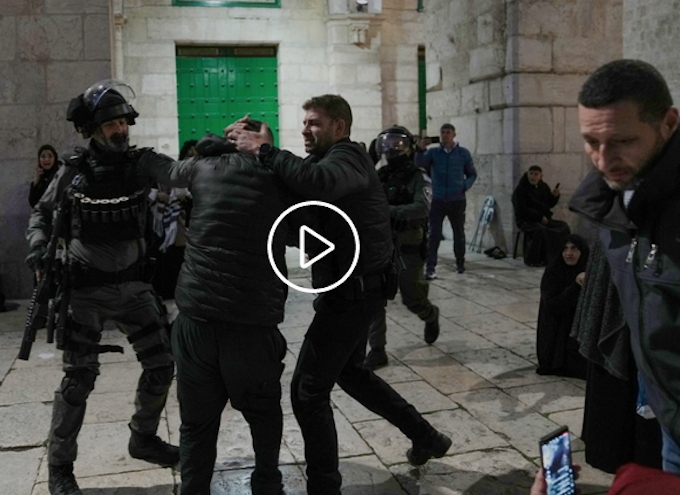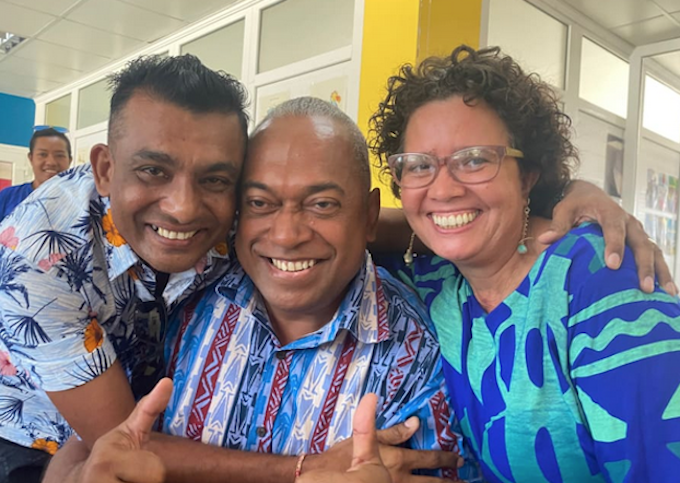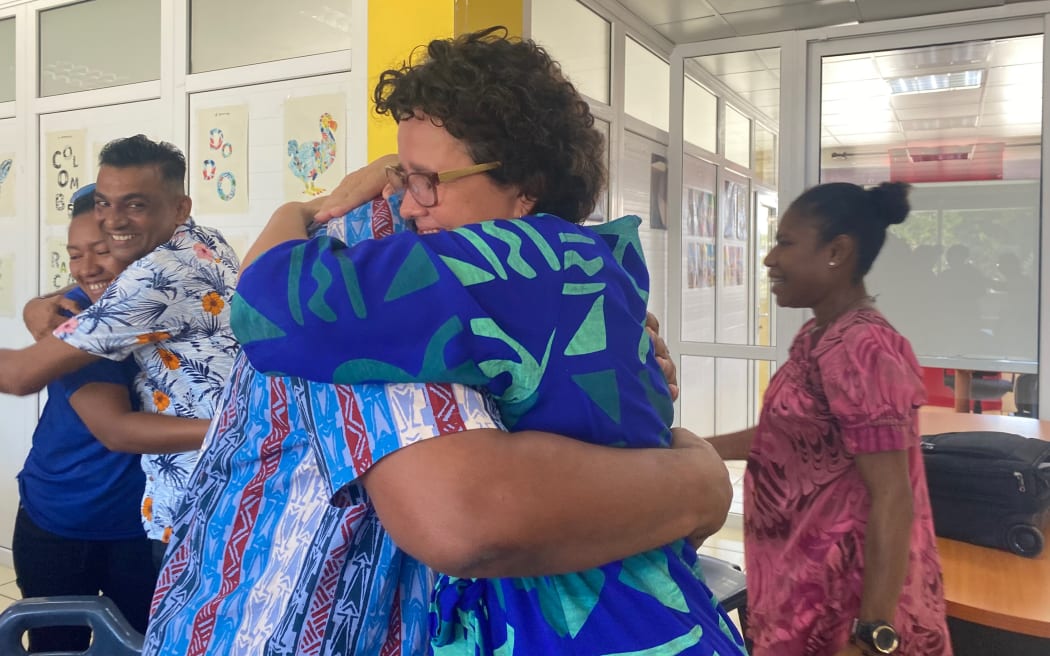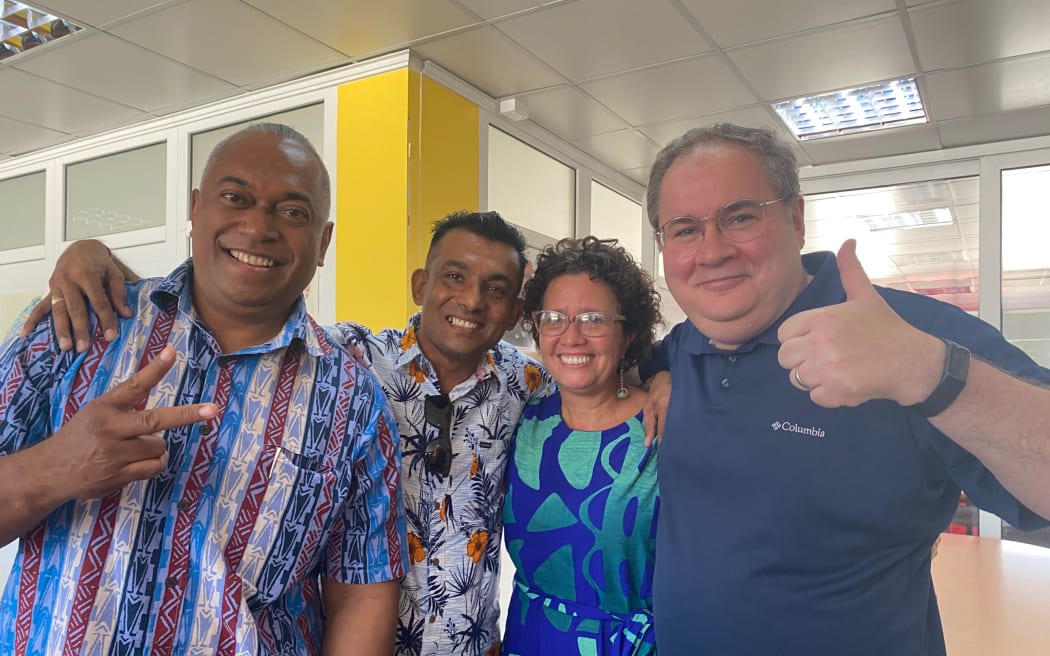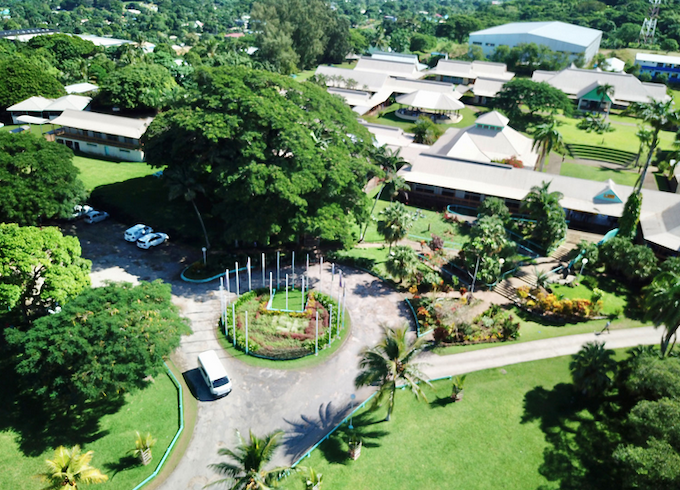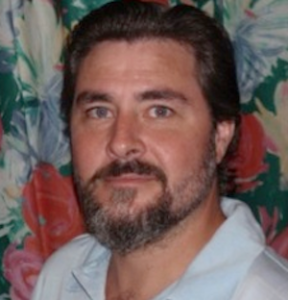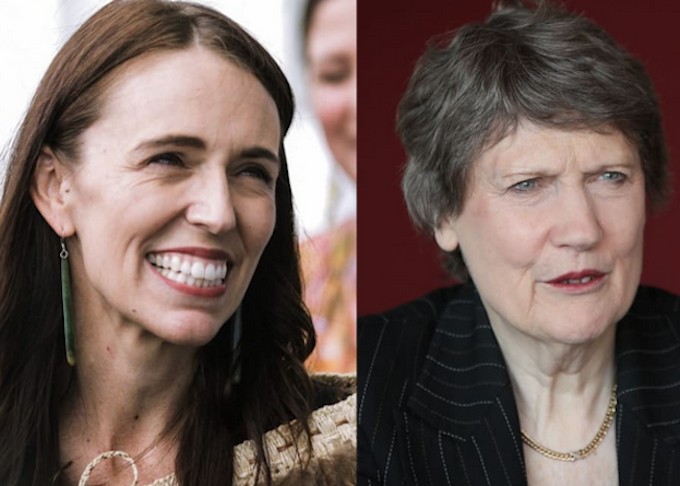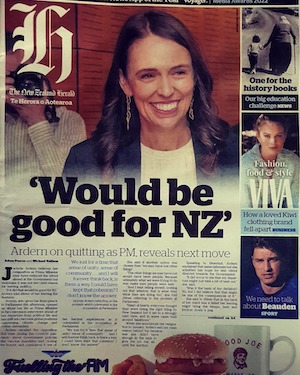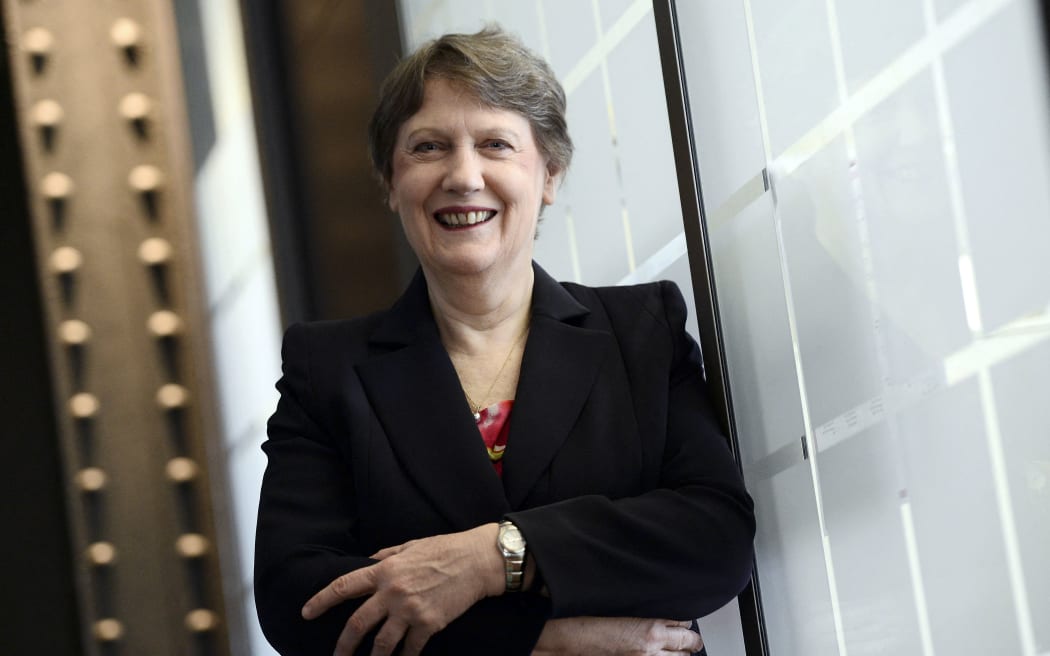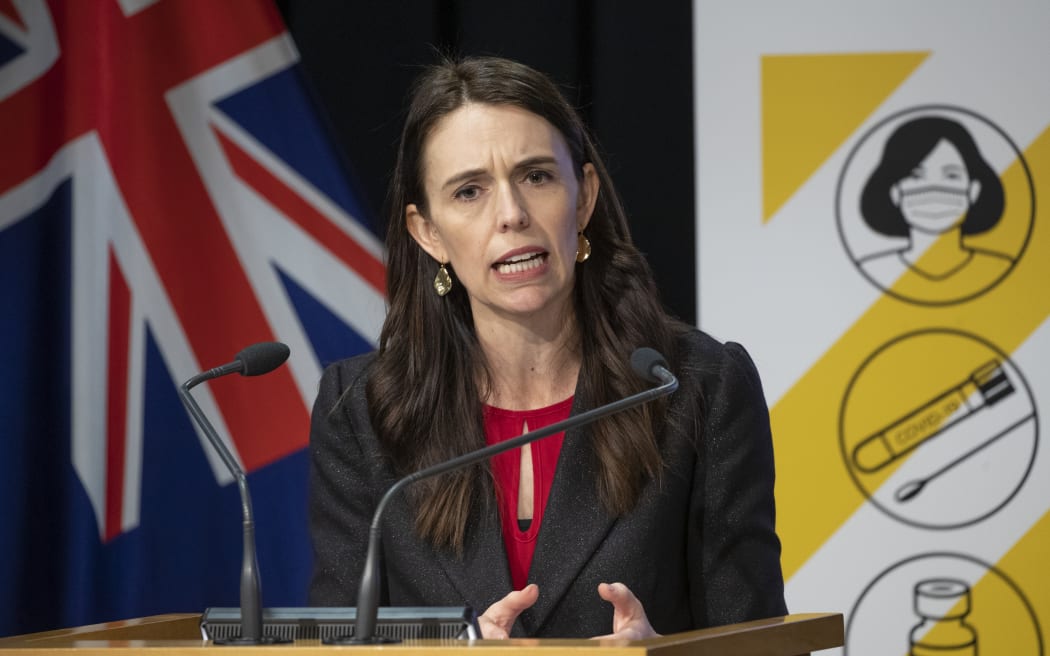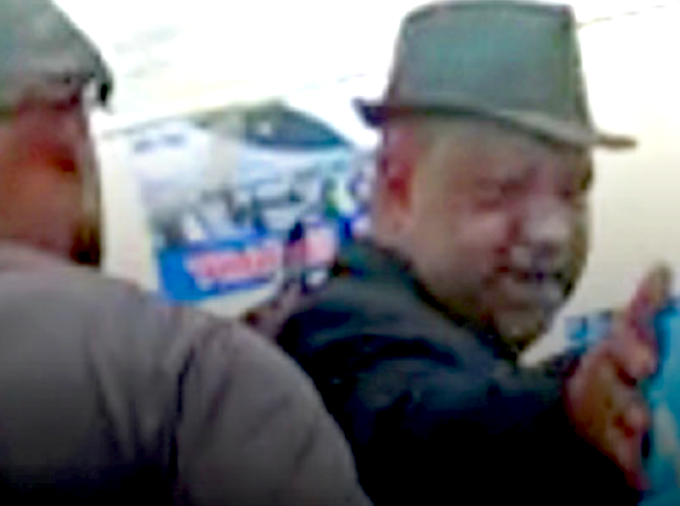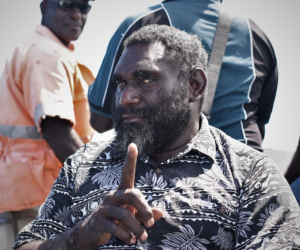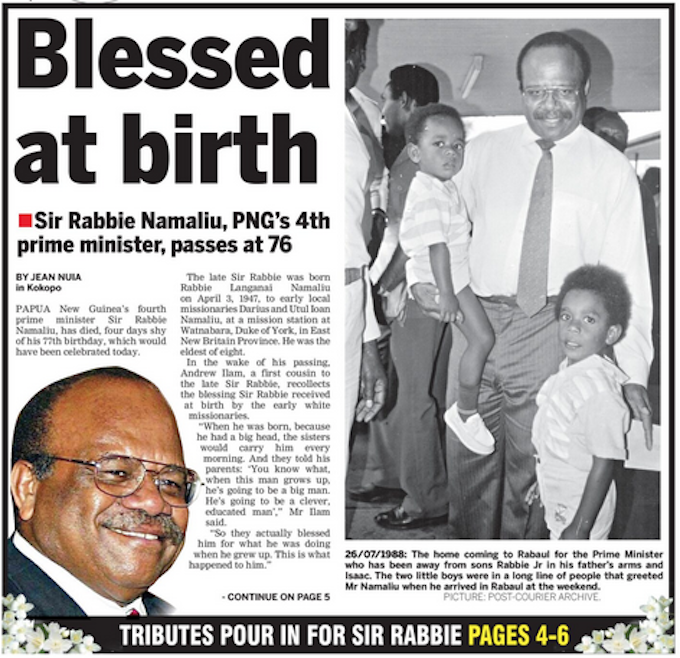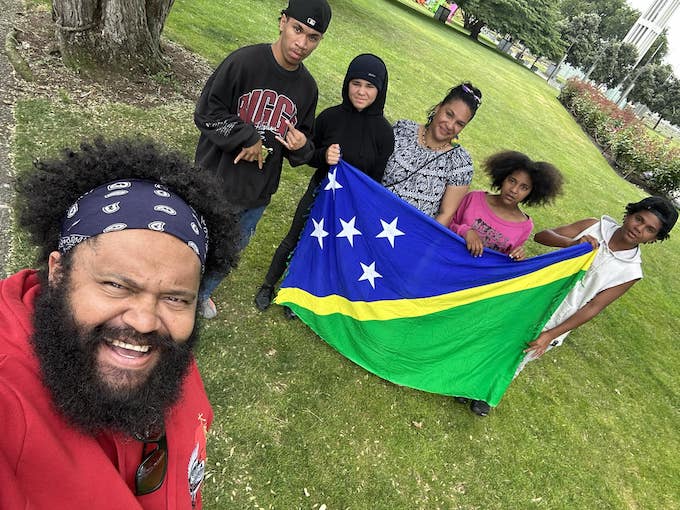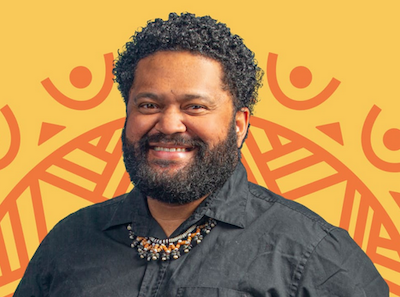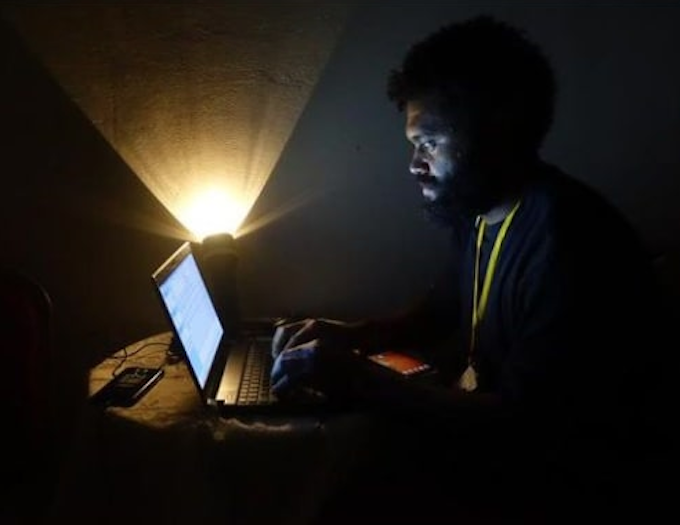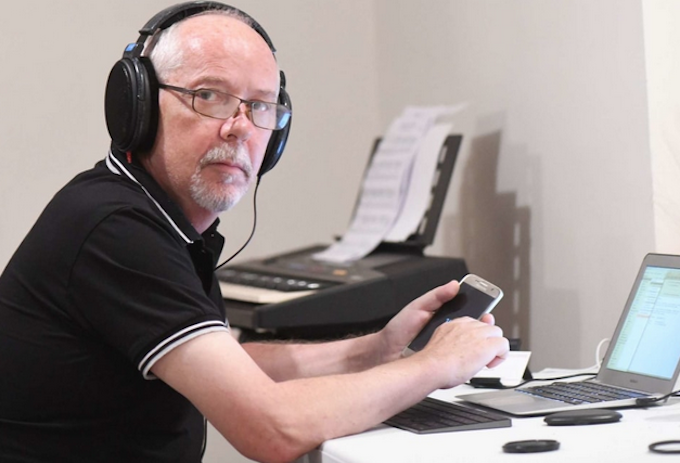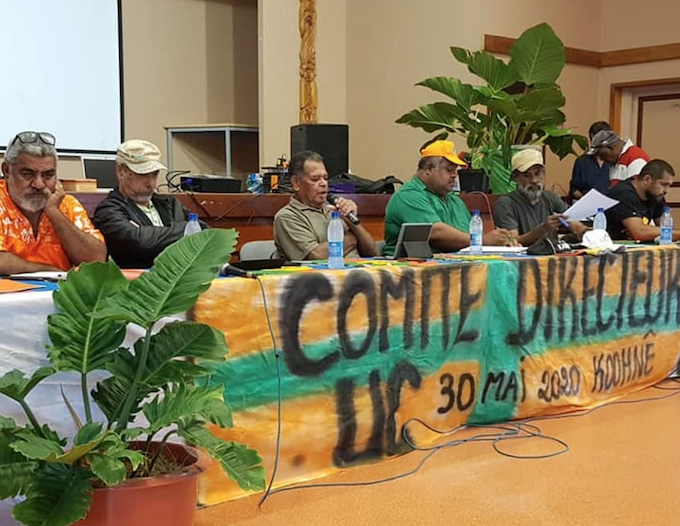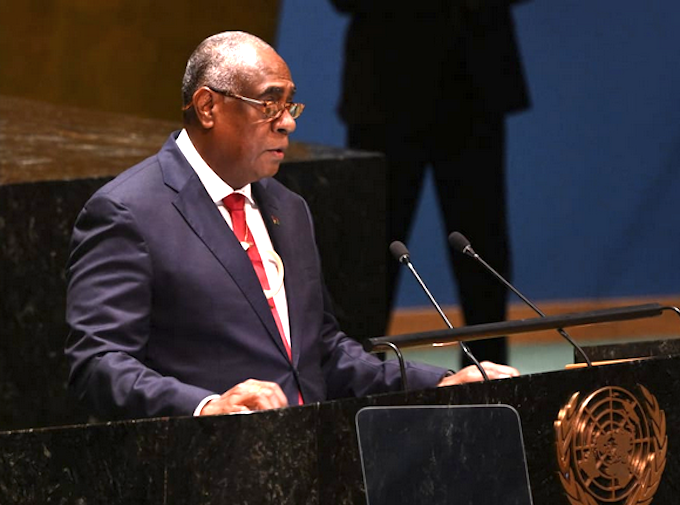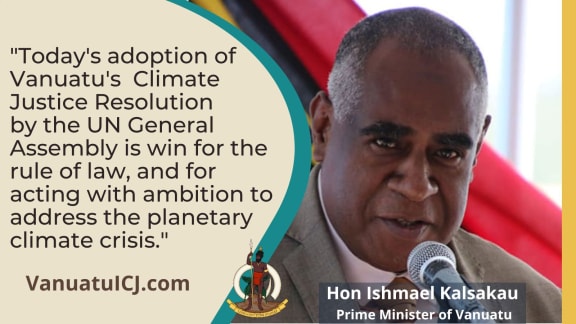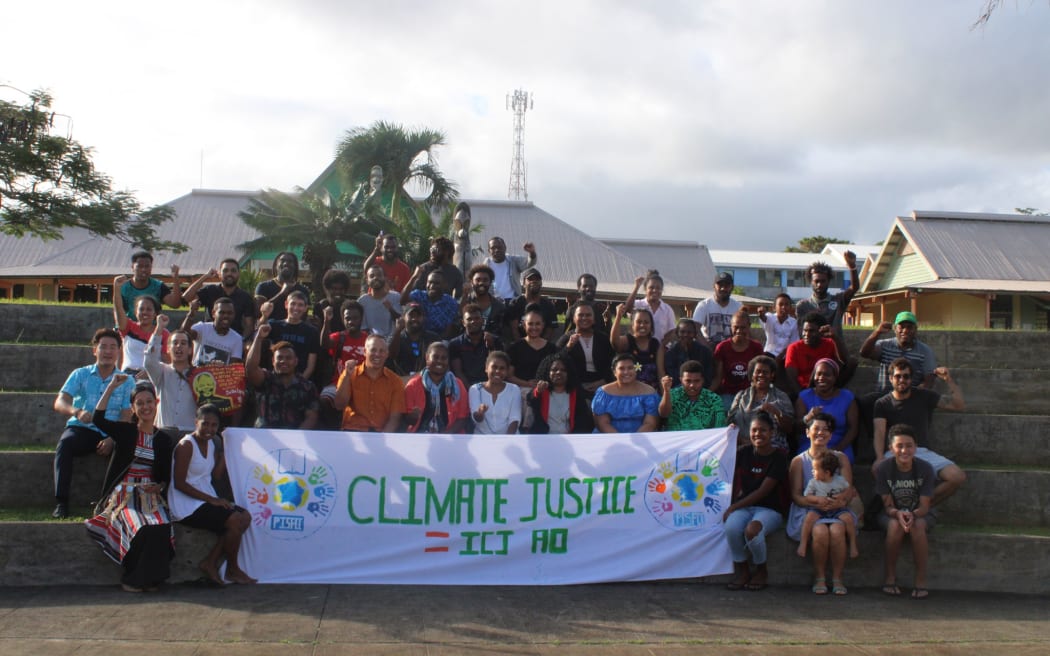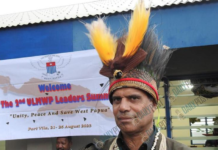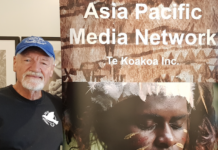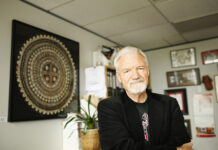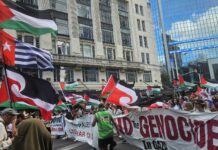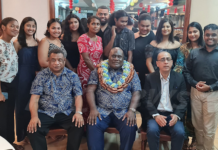ANALYSIS: By Jonathan Cook
The late Archbishop Desmond Tutu, a Nobel laureate and tireless campaigner against South African apartheid, once observed: “If you are neutral in situations of injustice, you have chosen the side of the oppressor.”
For decades, the BBC’s editorial policy in reporting on Israel and Palestine has consistently chosen the side of the oppressor — and all too often, not even by adopting the impartiality the corporation claims as the bedrock of its journalism.
Instead, the British state broadcaster regularly chooses language and terminology whose effect is to deceive its audience. And it compounds such journalistic malpractice by omitting vital pieces of context when that extra information would present Israel in a bad light.
BBC bias — which entails knee-jerk echoing of the British establishment’s support for Israel as a highly militarised ally projecting Western interests into the oil-rich Middle East – was starkly on show once again this week as the broadcaster reported on the violence at Al-Aqsa Mosque.
Social media was full of videos showing heavily armed Israeli police storming the mosque complex during the holy Muslim fasting month of Ramadan.
Police could be seen pushing peaceful Muslim worshippers, including elderly men, off their prayer mats and forcing them to leave the site. In other scenes, police were filmed beating worshippers inside a darkened Al-Aqsa, while women could be heard screaming in protest.
What is wrong with the British state broadcaster’s approach — and much of the rest of the Western media’s — is distilled in one short BBC headline: “Clashes erupt at contested holy site.”
Into a sentence of just six words, the BBC manages to cram three bogusly “neutral” words, whose function is not to illuminate or even to report, but to trick the audience, as Tutu warned, into siding with the oppressor.
Furious backlash
Though video of the beatings was later included on the BBC’s website and the headline changed after a furious online backlash, none of the sense of unprovoked, brutal Israeli state violence, or its malevolent rationale, was captured by the BBC’s reporting.
To call al-Aqsa a ‘contested holy site’, as the BBC does, is simply to repeat a propaganda talking point from Israel, the oppressor state, and dress it up as neutral reporting
The “clashes” at al-Aqsa, in the BBC’s telling, presume a violent encounter between two groups: Palestinians, described by Israel and echoed by the BBC as “agitators”, on one side; and Israeli forces of law and order on the other.
That is the context, according to the BBC, for why unarmed Palestinians at worship need to be beaten. And that message is reinforced by the broadcaster’s description of the seizure of hundreds of Palestinians at worship as “arrests” — as though an unwelcome, occupying, belligerent security force present on another people’s land is neutrally and equitably upholding the law.
“Erupt” continues the theme. It suggests the “clashes” are a natural force, like an earthquake or volcano, over which Israeli police presumably have little, if any, control. They must simply deal with the eruption to bring it to an end.
And the reference to the “contested” holy site of Al-Aqsa provides a spurious context legitimising Israeli state violence: police need to be at Al-Aqsa because their job is to restore calm by keeping the two sides “contesting” the site from harming each other or damaging the holy site itself.
The BBC buttresses this idea by uncritically citing an Israeli police statement accusing Palestinians of being at Al-Aqsa to “disrupt public order and desecrate the mosque”.
Palestinians are thus accused of desecrating their own holy site simply by worshipping there — rather than the desecration committed by Israeli police in storming al-Aqsa and violently disrupting worship.
The History of Al-Aqsa Mosque. Video: Middle East Eye
Israeli provocateurs
The BBC’s framing should be obviously preposterous to any rookie journalist in Jerusalem. It assumes that Israeli police are arbiters or mediators at Al-Aqsa, dispassionately enforcing law and order at a Muslim place of worship, rather than the truth: that for decades, the job of Israeli police has been to act as provocateurs, dispatched by a self-declared Jewish state, to undermine the long-established status quo of Muslim control over Al-Aqsa.
Events were repeated for a second night this week when police again raided Al-Aqsa, firing rubber bullets and tear gas as thousands of Palestinians were at prayer. US statements calling for “calm” and “de-escalation” adopted the same bogus evenhandedness as the BBC.
The mosque site is not “contested”, except in the imagination of Jewish religious extremists, some of them in the Israeli government, and the most craven kind of journalists.
True, there are believed to be the remains of two long-destroyed Jewish temples somewhere underneath the raised mount where al-Aqsa is built. According to Jewish religious tradition, the Western Wall — credited with being a retaining wall for one of the disappeared temples – is a place of worship for Jews.
But under that same Jewish rabbinical tradition, the plaza where Al-Aqsa is sited is strictly off-limits to Jews. The idea of Al-Aqsa complex as being “contested” is purely an invention of the Israeli state — now backed by a few extremist settler rabbis — that exploits this supposed “dispute” as the pretext to assert Jewish sovereignty over a critically important piece of occupied Palestinian territory.
Israel’s goal — not Judaism’s — is to strip Palestinians of their most cherished national symbol, the foundation of their religious and emotional attachment to the land of their ancestors, and transfer that symbol to a state claiming to exclusively represent the Jewish people.
To call Al-Aqsa a “contested holy site”, as the BBC does, is simply to repeat a propaganda talking point from Israel, the oppressor state, and dress it up as neutral reporting.
‘Equal rights’ at Al-Aqsa
The reality is that there would have been no “clashes”, no “eruption” and no “contest” had Israeli police not chosen to storm Al-Aqsa while Palestinians were worshipping there during the holiest time of the year.
This is not a ‘clash’. It is not a ‘conflict’. Those supposedly ‘neutral’ terms conceal what is really happening: apartheid and ethnic cleansing
There would have been no “clashes” were Israeli police not aggressively enforcing a permanent occupation of Palestinian land in Jerusalem, which has encroached ever more firmly on Muslim access to, and control over, the mosque complex.
There would have been no “clashes” were Israeli police not taking orders from the latest – and most extreme – of a series of police ministers, Itamar Ben Gvir, who does not even bother to hide his view that Al-Aqsa must be under absolute Jewish sovereignty.
There would have been no “clashes” had Israeli police not been actively assisting Jewish religious settlers and bigots to create facts on the ground over many years — facts to bolster an evolving Israeli political agenda that seeks “equal rights” at Al-Aqsa for Jewish extremists, modelled on a similar takeover by settlers of the historic Ibrahimi Mosque in Hebron.
And there would have been no “clashes” if Palestinians were not fully aware that, over many years, a tiny, fringe Jewish settler movement plotting to blow up Al-Aqsa Mosque to build a Third Temple in its place has steadily grown, flourishing under the sponsorship of Israeli politicians and ever more sympathetic Israeli media coverage.
Cover story for violence
Along with the Israeli army, the paramilitary Israeli police are the main vehicle for the violent subjugation of Palestinians, as the Israeli state and its settler emissaries dispossess Palestinians, driving them into ever smaller enclaves.
This is not a “clash”. It is not a “conflict”. Those supposedly “neutral” terms conceal what is really happening: apartheid and ethnic cleansing.
Just as there is a consistent, discernible pattern to Israel’s crimes against Palestinians, there is a parallel, discernible pattern in the Western media’s misleading reporting on Israel and Palestine.
Palestinians in the occupied West Bank are being systematically dispossessed by Israel of their homes and farmlands so they can be herded into overcrowded, resource-starved cities.
Palestinians in Gaza have been dispossessed of their access to the outside world, and even to other Palestinians, by an Israeli siege that encages them in an overcrowded, resourced-starved coastal enclave.
And in the Old City of Jerusalem, Palestinians are being progressively dispossessed by Israel of access to, and control over, their central religious resource: Al-Aqsa Mosque. Their strongest source of religious and emotional attachment to Jerusalem is being actively stolen from them.
To describe as “clashes” any of these violent state processes — carefully calibrated by Israel so they can be rationalised to outsiders as a “security response” — is to commit the very journalistic sin Tutu warned of. In fact, it is not just to side with the oppressor, but to intensify the oppression; to help provide the cover story for it.
That point was made this week by Francesca Albanese, the UN expert on Israel’s occupation. She noted in a tweet about the BBC’s reporting of the Al-Aqsa violence: “Misleading media coverage contributes to enabling Israel’s unchecked occupation & must also be condemned/accounted for.”
Bad journalism
There can be reasons for bad journalism. Reporters are human and make mistakes, and they can use language unthinkingly, especially when they are under pressure or events are unexpected.
It is an editorial choice that keeps the BBC skewing its reporting in the same direction: making Israel look like a judicious actor pursuing lawful, rational goals
But that is not the problem faced by those covering Israel and Palestine. Events can be fast-moving, but they are rarely new or unpredictable. The reporter’s task should be to explain and clarify the changing forms of the same, endlessly repeating central story: of Israel’s ongoing dispossession and oppression of Palestinians, and of Palestinian resistance.
The challenge is to make sense of Israel’s variations on a theme, whether it is dispossessing Palestinians through illegal settlement-building and expansion; army-backed settler attacks; building walls and cages for Palestinians; arbitrary arrests and night raids; the murder of Palestinians, including children and prominent figures; house demolitions; resource theft; humiliation; fostering a sense of hopelessness; or desecrating holy sites.
No one, least of all BBC reporters, should have been taken by surprise by this week’s events at Al-Aqsa.
The Muslim holy fasting month of Ramadan, when Al-Aqsa is at the heart of Islamic observance for Palestinians, coincided this year with the Jewish Passover holiday, as it did last year.
Passover is when Jewish religious extremists hope to storm Al-Aqsa Mosque complex to make animal sacrifices, recreating some imagined golden age in Judaism. Those extremists tried again this year, as they do every year — except this year, they had a police minister in Ben Gvir, leader of the fascist Jewish Power party, who is privately sympathetic to their cause.
Violent settler and army attacks on Palestinian farmers in the occupied West Bank, especially during the autumn olive harvest, are a staple of news reporting from the region, as is the intermittent bombing of Gaza or snipers shooting Palestinians protesting their mass incarceration by Israel.
It is an endless series of repetitions that the BBC has had decades to make sense of and find better ways to report.
It is not journalistic error or failure that is the problem. It is an editorial choice that keeps the British state broadcaster skewing its reporting in the same direction: making Israel look like a judicious actor pursuing lawful, rational goals, while Palestinian resistance is presented as tantrum-like behaviour, driven by uncontrollable, unintelligible urges that reflect hostility towards Jews rather than towards an oppressor Israeli state.
Tail of a mouse
Archbishop Tutu expanded on his point about siding with the oppressor. He added: “If an elephant has its foot on the tail of a mouse, and you say that you are neutral, the mouse will not appreciate your neutrality.”
This week, a conversation between Ben Gvir, the far-right, virulently anti-Arab police minister, and his police chief, Kobi Shabtai, was leaked to Israel’s Channel 12 News. Shabtai reportedly told Ben Gvir about his theory of the “Arab mind”, noting: “They murder each other. It’s in their nature. That’s the mentality of the Arabs.”
This conclusion — convenient for a police force that has abjectly failed to solve crimes within Palestinian communities — implies that the Arab mind is so deranged, so bloodthirsty, that brutal repression of the kind seen at Al-Aqsa is all police can do to keep a bare minimum of control.
Ben Gvir, meanwhile, believes a new “national guard” — a private militia he was recently promised by Prime Minister Benjamin Netanyahu — can help him to crush Palestinian resistance. Settler street thugs, his political allies, will finally be able to put on uniforms and have official licence for their anti-Arab violence.
This is the real context — the one that cannot be acknowledged by the BBC or other Western outlets — for the police storming of Al-Aqsa complex this week. It is the same context underpinning settlement expansion, night raids, checkpoints, the siege of Gaza, the murder of Palestinian journalists, and much, much more.
Jewish supremacism undergirds every Israeli state action towards Palestinians, tacitly approved by Western states and their media in the service of advancing Western colonialism in the oil-rich Middle East.
The BBC’s coverage this week, as in previous months and years, was not neutral, or even accurate. It was, as Tutu warned, a confidence trick — one meant to lull audiences into accepting Israeli violence as always justified, and Palestinian resistance as always abhorrent.
Jonathan Cook is the author of three books on the Israeli-Palestinian conflict, and a winner of the Martha Gellhorn Special Prize for Journalism. His website and blog can be found at www.jonathan-cook.net. This article was first published at Middle East Eye and is republished with the permission of the author.
